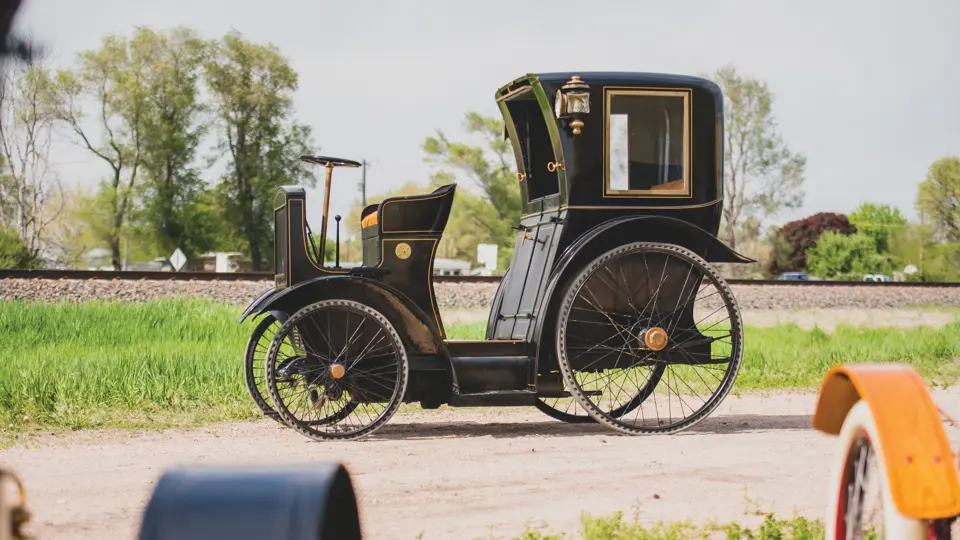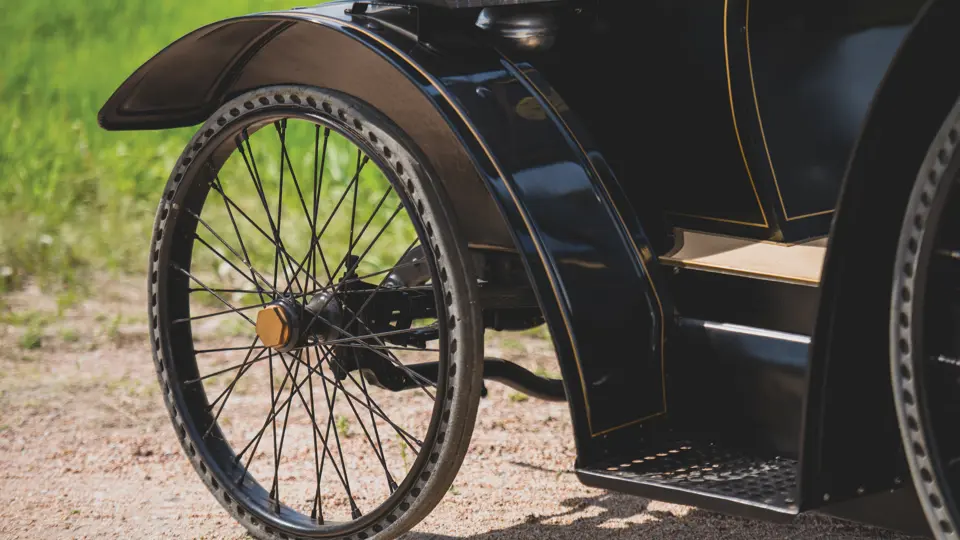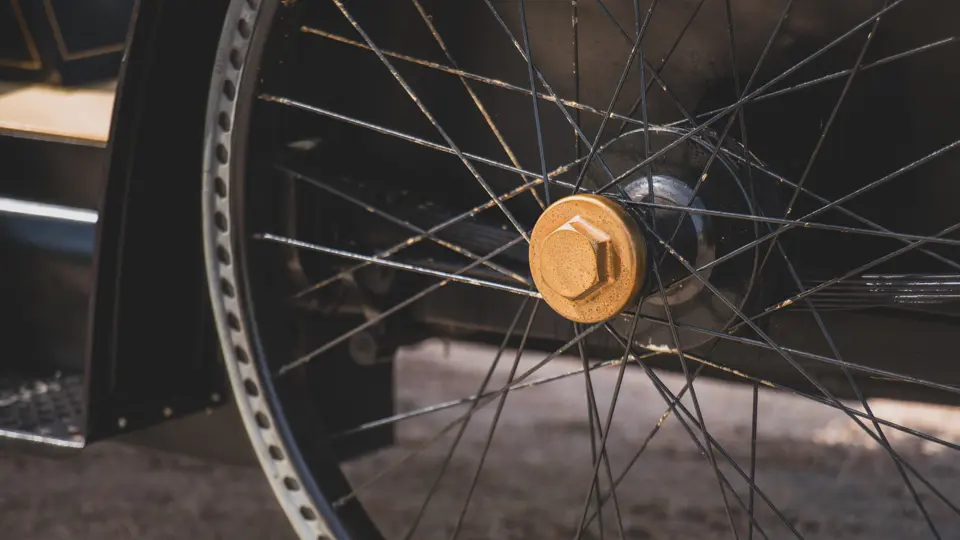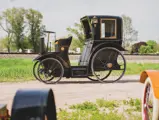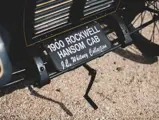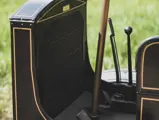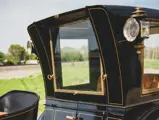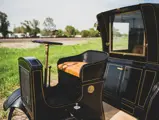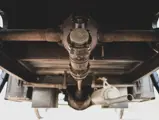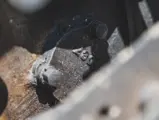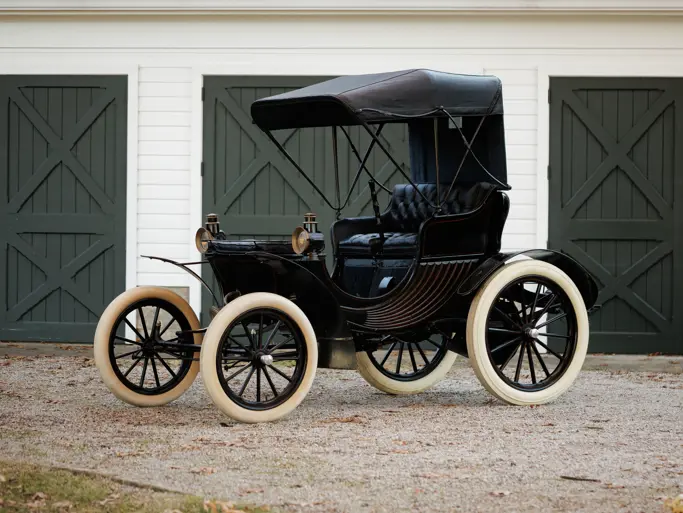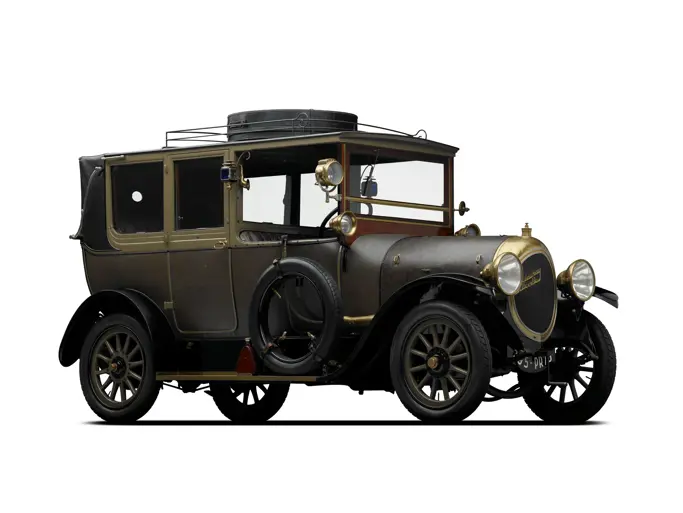This is perhaps the best-known, and possibly least understood, vehicle in the Merrick Auto Museum Collection. It was long in James Melton’s museums, first in Norwalk, Connecticut, and later in Hypoluxo, Florida. When the Florida museum closed, it went to Rockefeller’s museum in Petit Jean Mountain, Arkansas. More recently it was part of Roy Warshawsky’s J.C. Whitney Collection.
As the provenance is frequently recounted, it was the first motorized taxicab in New York City, notwithstanding the electric hansom cabs that were operating there in 1897 with the Electric Carriage and Wagon Company and later Morris and Salom’s Electric Vehicle Company. Those hansoms had the passenger compartment in front and the driver on an elevated seat behind. By 1907 the enterprise had collapsed as a result of a fire and an economic downturn called the Panic of 1907.
In 1909 the W.C.P. Taxicab Company placed 11 motorized taxis into service from their garage at Broadway and 26th Street. The cabs were built by the Bristol Engineering Company of Bristol, Connecticut. Among Bristol Engineering’s principals was Albert F. Rockwell, founder of the New Departure Bell Company, a major manufacturer of bearings and a force behind the short-lived Houpt-Rockwell car. The Rockwell taxis used four-cylinder gasoline engines but were of a landaulet design, quite unlike a hansom cab. By 1910 about 200 Rockwell cabs were on the streets of New York, but the venture was brief. That year he was ousted from his positions in the Connecticut companies. Soon the New York Taxicab Company took over, with cabs imported from France.
This vehicle is understood to have been electrically powered prior to installation of the current water-cooled gasoline engine. This is believed to have been done circa 1910 for Mr. Rockwell. Located under the driver’s seat, the engine operates through a more-or-less conventional longitudinal drive train. The radiator is at the extreme front and the hansom passenger cabin at the rear. It has been completely restored and makes a striking and intriguing impression wherever it goes.

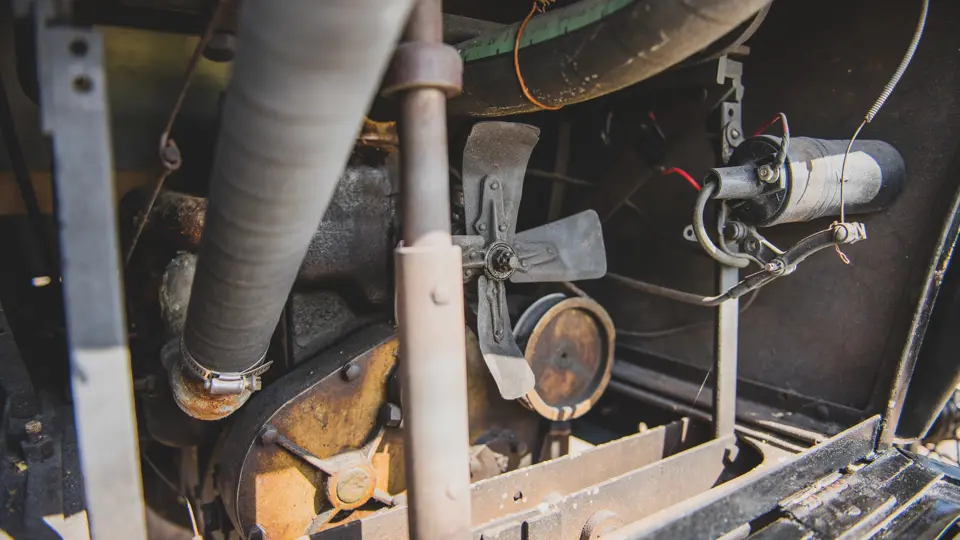


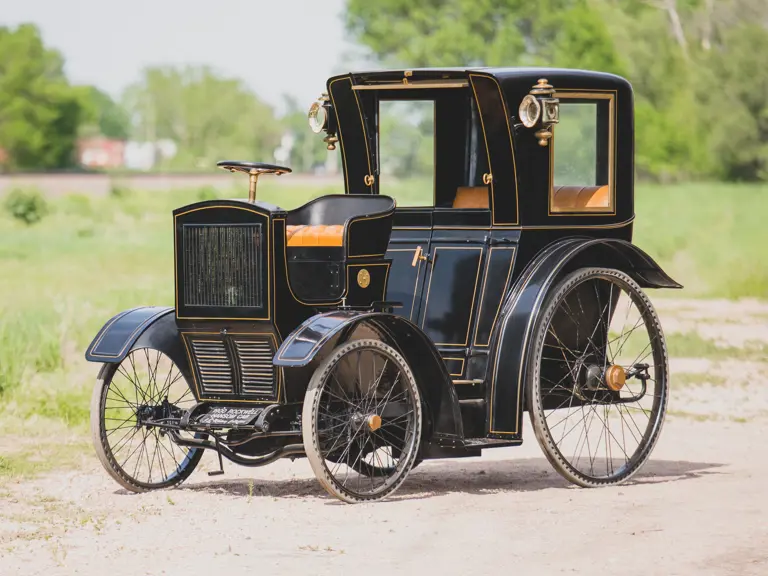
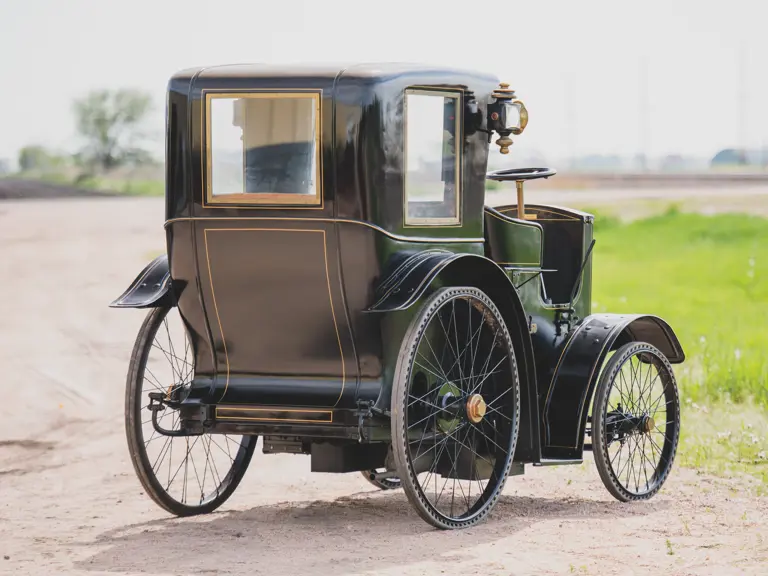
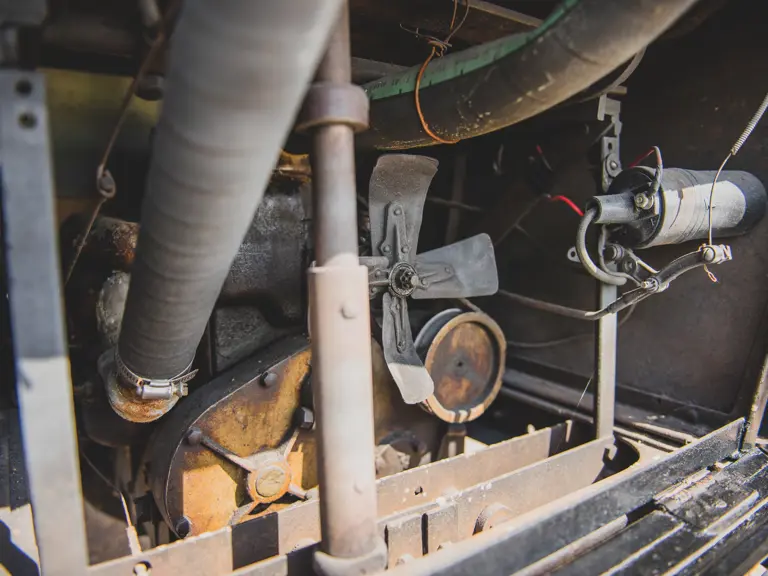
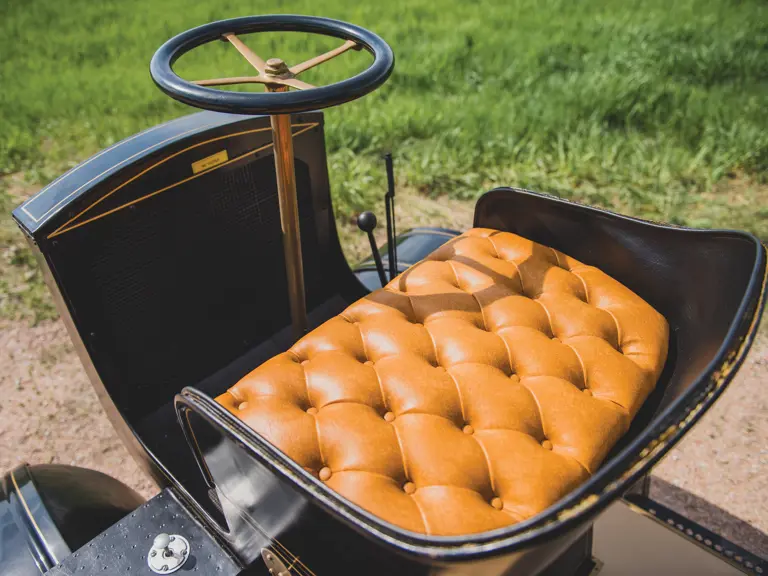


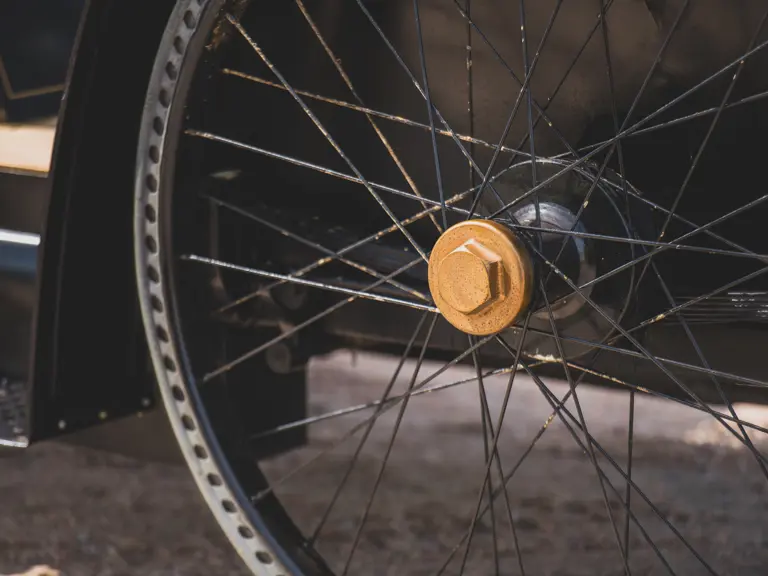






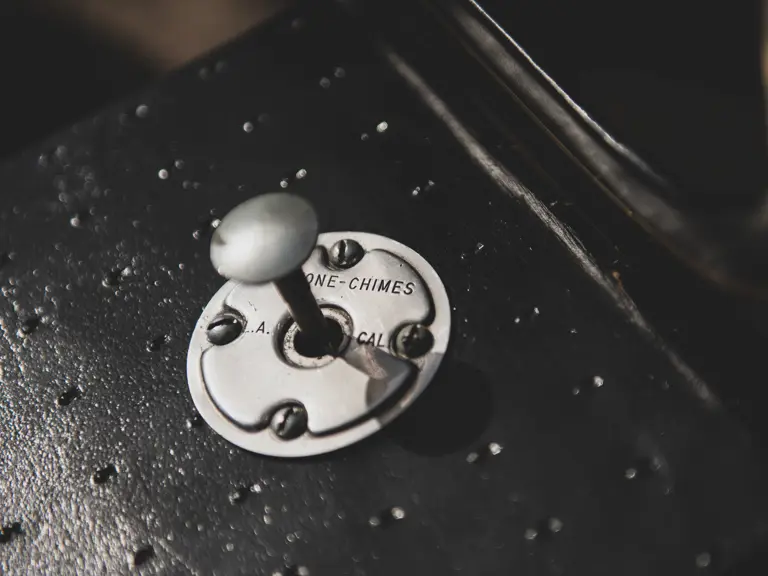






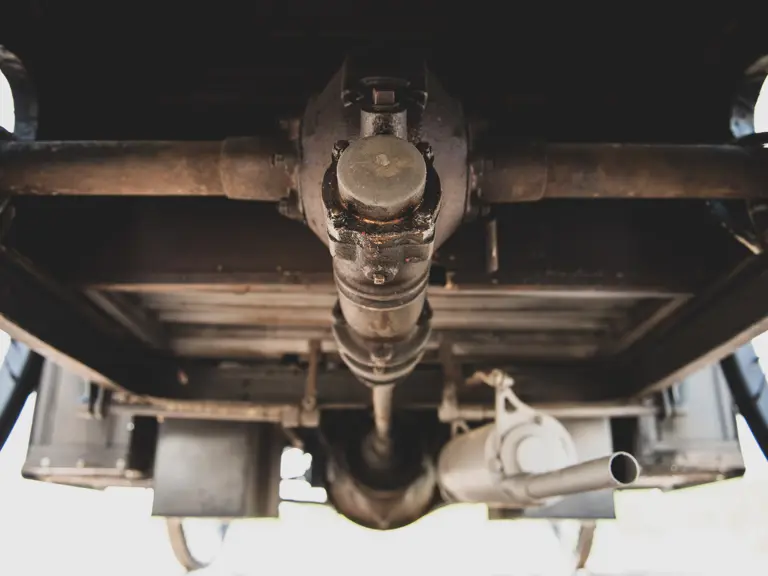

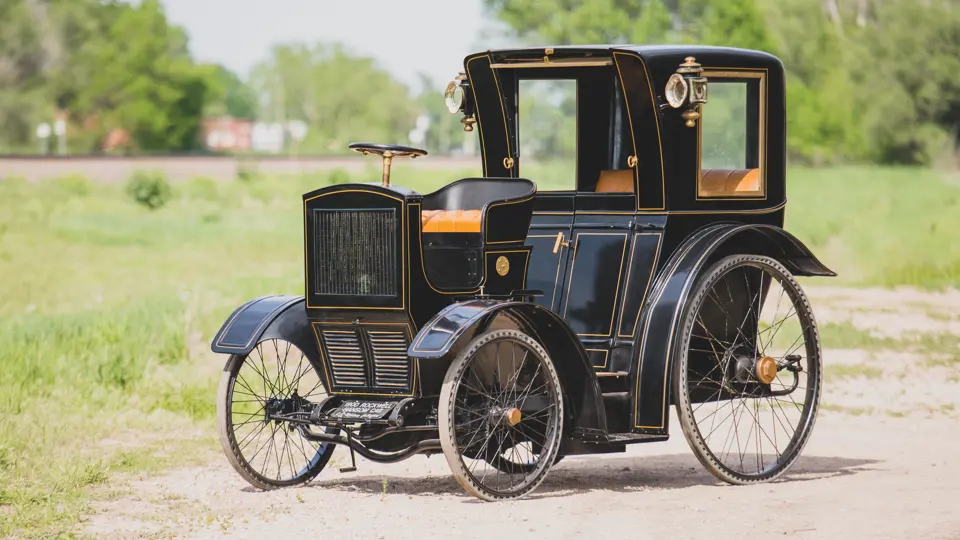
 | Hershey, Pennsylvania
| Hershey, Pennsylvania
